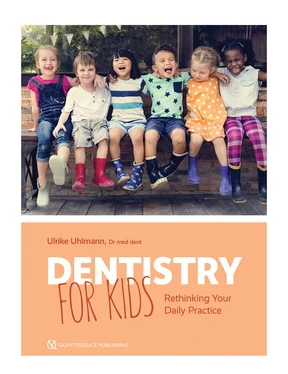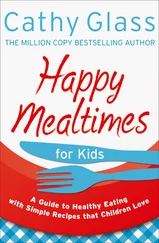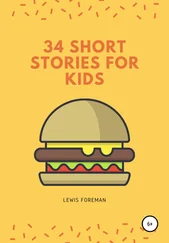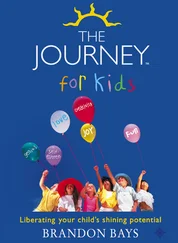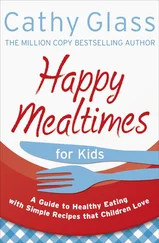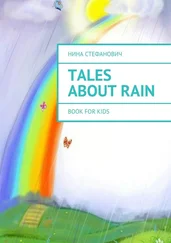This book is intended as an introduction to one of the most fulfilling areas of activity in dentistry. It cannot and should not replace continuing professional development but aims to offer insight into this highly varied field. I hope I have managed to bring together fundamental knowledge that will make it easier for people taking their first steps into the field of pediatric dentistry. The structure of the book is based chronologically on a treatment session. The outcome of any treatment stands or falls by proper communication, and parents HAVE to be educated as to their vital role on the team. Examination and diagnosis then take place, followed by various treatments.
Child patients are something of a bête noire for many colleagues, whether they are recently qualified or have had many years on the job. Recent years have seen more focus shift to our youngest patients, with the American Academy of Pediatric Dentistry recommending a “dental home” by the time a child reaches their first birthday (see page 2). This group of patients, which is new to some dentists, raises a few questions: How do you examine a 6-month-old baby? What issues do you address with the parents? What’s the appropriate fluoride prophylaxis? From what age is it reasonable to take radiographs? How do I deal with difficult children? The parents also bombard the practitioner with a host of questions—from when teeth will erupt to teething pains and advice on pacifiers to tips and tricks for daily oral hygiene in the different age groups.
Pediatric dentistry brings together a wide variety of topics encompassing all facets of dentistry, orthodontics, nutritional sciences, and, last but not least, psychology. It involves opportunity, challenge, and responsibility all at the same time. We as clinicians must ensure that even our tiniest patients get the ideal start to enable them to live with the healthiest possible oral cavity. The special challenge, of course, is not just children’s compliance but primarily the fact that children can’t be the ones responsible for their (oral) health. It is therefore our task to educate and motivate parents and guardians and make them our allies. A good relationship with the parents not only guarantees long-term loyalty from patients beyond their childhood years, but it is also absolutely crucial to children’s good oral health. It is only when dentists manage to treat young patients properly and educate their parents that they will succeed in making a long-term contribution to children’s oral health. This book therefore offers professional and practical tips on communicating with parents and sets out to illustrate the responsibility involved in treating children. Above all, it aims to garner enthusiasm in readers for this diverse field of dentistry.
Acknowledgments
Many people have played a part in the creation of this book. A big heartfelt thank you must go to Dr Lee Weinstein. He has sacrificed many hours in order to adapt the content to American guidelines and recommendations. Besides that, he contributed so many thoughts and ideas. I appreciate his work on this book very much because he is such an experienced pediatric dentist. His compassion is absolutely inspiring. Also a big thank you to Leah Huffman, Samantha Smith, and Sarah Minor, who did not become tired in view of my comments and suggestions. Thank you for putting this together. I would also like to thank Sue Holmes, who did flawless work translating the book while keeping the narrative character. Huge thanks to Anita Hattenbach and Dr Viola Lewandowski for the editing of the German version, for constantly being accessible, and for always lending a sympathetic ear to questions or ideas.
My thanks also go to those colleagues who provided numerous images from their daily practice and were thus an immense support in the production of this book. These include Dr Gabriele Viergutz (Dresden), who contributed not only several illustrations but also some important suggestions, as well as Dr Richard Steffen (Zurich), who kindly supplied photographic material from his online atlas without hesitation. My thanks also to Dr Jorge Casián Adem (Poza Rica de Hidalgo), whose high-quality photographs provided excellent documentary records. In addition, heartfelt thanks to Dr Nicola Meissner (Salzburg) for her series of photographs and her contribution. Thank you to Prof Dr Katrin Bekes (Vienna), Claudia Lippold (Halle), Dr Juliane von Hoyningen-Huene (Berlin), dental technician Peter Schaller (Munich), Dr Bobby Ghaheri (Oregon), Dr Matthias Nitsche (Leipzig), and Prof Dr Roswitha Heinrich-Weltzien (Jena) for their photographs. An enormous thank you to Sabine Fuhlbrück (Leipzig) for providing illustrations and for her tireless work on myofunctional therapy. I also owe thanks to Dr Silvia Träupmann (Leipzig) who, with her passion for pediatric dentistry and her experience, was always ready to listen to young colleagues and willingly shared her knowledge. Thank you to Manuela Richter, a highly experienced dental assistant in pediatric dentistry, who guided and supported me so much in my first cautious steps in the field. Warmest thanks to Birgit Wolff for motivating words whenever they were needed.
During the development of this book I was in contact with many inspiring colleagues, and, as a result, I was able to expand my horizons constantly and learn a lot—for which I am extremely grateful.
Last but not least, thank you to my husband who supported this project from the outset, who motivates me continually, and lightens the burden for me time and time again. Without him this book and many other accomplishments would never have been possible. Thank you.
resources
Because this book was originally published in German, much of the literature cited comes from German sources. Therefore, included below is a list of helpful resources in English for navigating the waters of pediatric dentistry.
American Academy of Pediatric Dentistry: www.aapd.org
The AAPD has many resources available on its website from scientific research on specific topics to medical history forms that can be downloaded and adapted for clinical use.
ADA MouthHealthy: www.mouthhealthy.org
This website sponsored by the American Dental Association offers practical information and resources for clinicians and parents, including free posters and activity sheets. Tips for healthy habits and a baby eruption teething chart are available at www.mouthhealthy.org/en/babies-and-kids/healthy-habits.
FDI World Dental Federation: www.fdiworlddental.org
The FDI World Dental Federation represents more than a million dentists worldwide and develops health policy and continuing education programs to promote global oral health.
American Academy of Pediatrics: www.aap.org
Dedicated to the health of all children, the AAP is a great source for new policies and guidelines for pediatric care.
US Department of Health and Human Services: www.hhs.gov
While each state has its own health and human services department, this federal branch is a good resource for information regarding social services, child or domestic abuse, and mental health.
US National Library of Medicine: www.nlm.nih.gov
Under the umbrella of the US Department of Health and Human Services, the US National Library of Medicine includes MedlinePlus, ClinicalTrials.gov, and PubMed, among other databases, all of which provide access to the latest research in all fields of medicine.

1INTRODUCTION AND BASICS
“Only those who attempt the absurd can achieve the impossible.”
ALBERT EINSTEIN
No matter the age, children can be at times challenging, enriching, a reason to smile, as well as the cause of the odd bead of sweat on a dentist’s brow! In dental prophylaxis and treatment, it is essential to adapt to these young patients in order to achieve the best treatment outcomes, guarantee long-term patient loyalty, and, perhaps most importantly, ensure that these patients of tomorrow do not grow up anxious under our care. According to estimates, around two-thirds of anxious adult patients link their anxiety to a traumatic experience with a dentist in their childhood. 1
Читать дальше
